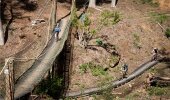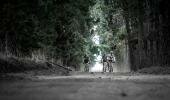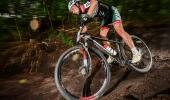Words & Photos: Misty Weyer
Bring together two adventurous hearts, two tired bikes, a pioneered route involving every type of mountain biking terrain that exists, and what you get is a 4,000 km adventure of unsupported, body-breaking and mind-challenging riding across South Africa and Lesotho. Only we could not justify having such an experience in vain, so we decided to use it to raise funds for two non-profit organisations.
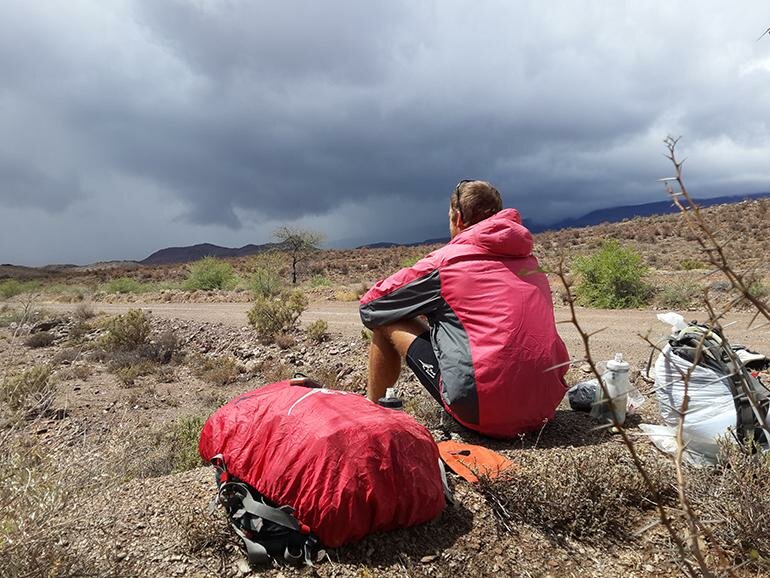
The main recipient is Malamulele Onward, an organisation that invests in children living in rural, under-served communities who are disabled as a result of having Cerebral Palsy (CP), to enable each child to reach their full potential within a supportive environment. They believe in excellence and that every child with CP should have access to the highest quality of care, regardless of how poor they are. While Greensleeves Place of Safety, which aims to provide holistic residential care for abandoned and abused children, would receive 10% of the funds.
The Dragon’s Spine is a public mountain biking route that was pioneered by David Bristow and Steven Thomas in 2011. The route follows the edge of the escarpment starting from Beit Bridge, crossing Lesotho, and ending at Cape Point. It follows mostly district roads, jeep tracks, and foot paths to try avoid as much tarmac as possible.
Over the 62 days, of which 52 were riding, the route took us through incredible places that left us feeling in awe of the inspiring and diverse country we live in. From the remoteness of the Soutpansberg surrounded by wild nothingness, to our encounter with the largest living thing we had ever seen, the Sigole Big Tree, the breathtaking decent into the valley of Die Hel, the less visited yet equally astounding Northern Drakensberg, the majestic rolling highlands of the Eastern Cape’s Wartrail, the towering sandstone walls of the Swartberg Pass, and the treacherous Nagmaal wagon trail that descends into the Tulbagh valley.
South Africa’s landscape is riddled with natural wonders that wait to astonish us, as well as strange little towns with their own hidden surprises, such as Chrissiesmeer (MP) with over 230 natural lakes; Luneburg (KZN), a place so small we did not realise that we had cycled through it, yet is home to more than 300 sixth-generation German farmers; Utrecht (KZN), a town inside a game reserve; and Rouxpos (WC), a single farm that made its way onto the map because it used to have a Post Office. One thing that all the interesting and beautiful places we encountered had in common was the kindness of the people and the undeserving hospitality we received.
Leaving the shade of Beit Bridge was our first experience of ever cycling with the extra weight on our bikes and so from the start, our idea of what was accomplishable in a day was constantly altered. This new experience, coupled with the fact that we had previously never cycled for more than two-consecutive days, along with scorching heat and very sandy going, made for an exhausting initiation into what the next two months would hold.
A large element to the challenge that stood before us was that the sum total of our bike mechanic skills consisted of being able to replace brake pads, repair a broken chain, and insert a tube if anything were to happen to our tubeless tyres. Unfortunately, a quick bike mechanics crash course from a local Freedom Challenge rider and the purchase of a few tools and spares we had never used before left us with more apprehension about all that could go wrong rather than the assurance we had hoped for.
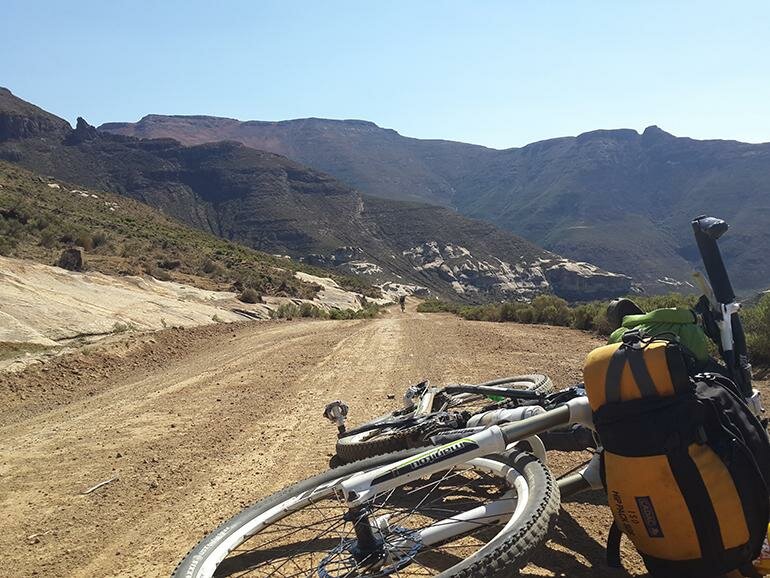
Luckily, our first bike issue was something we could handle, yet we certainly had not expected it to occur three hours into our first day of riding. Some good momentum, a blind rise, and a nasty pothole in the broken tar of the military road along the border with Zimbabwe, left Dylan with a dented rim and an ineffective tubeless tyre now needing a tube.
Subsequently, after days of riding all the way to Tzaneen without a single problem, a morning of five punctures to that tube sent us back to Tzaneen where a bike mechanic was able to straighten the rim and seal the tubeless tyre. We were extremely impressed with how our tired bikes performed on the ride with only a few minor problems that taught us some valuable mechanic skills.
Lesotho made for some of the toughest and most stimulating mountain biking we have ever experienced. It is safe to say that a bicycle is not the most logical way to move forward in Lesotho, but it does satisfy one’s need for wild adventure, physical perseverance, and technical demand. As the first cyclists to complete the Lesotho section of the Dragon’s Spine unsupported, we consider it the toughest trail on the route.
One of our more memorable days began with the impression that the 44 km ride following the Malibamatso River would be relatively easy compared to the previous day that included a five-hour portage ascending 1,000 m in 10 km. Little did we know that between the weight of our bikes and the roughness of the terrain, after 10 hours of pressing forward we would have only covered 24 km. This resulted in staying with a chief in the first village we encountered, all orchestrated through our own form of sign language, as no one in the village understood English.
On our second morning in Lesotho, about 20 minutes into our ride, my front gear lever decided to give in completely. This left me stuck on my little cog with nothing more than granny gears at my disposal, which in most circumstances would have been a real problem. However, the Dragon’s Spine route through Lesotho was so steep and rough that apart from a few spinning occasions, which led me to become known as the 'Patella Propeller', there was hardly a time that I needed anything more.
Once out of Lesotho, we still had close to 440 km of riding before I could collect the new gear lever that I had ordered, and it was out of the unrelenting flatness of the Karoo terrain that my new manual gear changing system was born. A rolled-up piece of cardboard wedged in the shifter to keep my chain on the middle cog, which was swiftly removed at the foot of any climb only to be repositioned at the summit.
Despite a few mechanical hiccups and the very wet Western Cape weather, we made it to Cape Point, both us and bikes intact. To date, approximately R60,000 has been raised towards the cause and this cycle gave us the opportunity to share the work that Malamulele Onward does with people from all over the country. We will continue raising funds until the end of January 2014 to try and reach our goal of R100,000 and will be doing a number of talks about our experience in the new year.
It has been a remarkable privilege to experience so much of our country that was unknown to us, yet all these places only form one little line across the map, revealing just how much more South Africa still has to offer our restless spirits. We are already dreaming about which part to explore next.
dinFO
For more information on Misty and Dylan's ride across Dragon's Spine, their talks, or to make a donation, visit their Facebook page: Riding the Dragons Spine for Cerebral Palsy. Alternatively, visit their website: http://groupspaces.com/DragonsSpine4CP or follow them on Twitter @wildweyers

